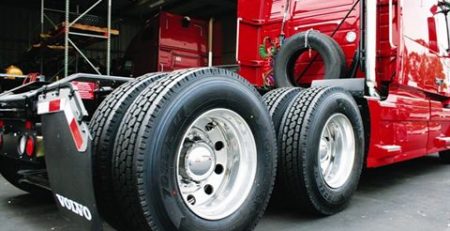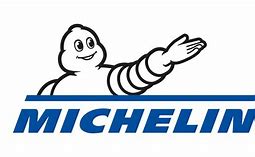How To Save Fuel And Extend Tire Life
As a vehicle travels down a road, there are a number of factors that contribute to the amount of fuel it will use in getting from Point A to Point B. Tires are just one of many factors.
As each tire on a vehicle rolls down the road, it creates a drag force. It is composed of the energy loss created by the deflection of the tire sidewall and the compression and deformation of the tire tread in the footprint at the road surface. This drag force is called rolling resistance and can be measured
Rolling resistance
Getting the right tire at the right wheel position can improve fuel economy by several percentage points.
About 13% of each gallon of fuel consumed goes solely to overcoming rolling resistance. That can vary by the load on the tire, the tread pattern and of course, inflation pressure.
Tire pressure
Maintaining correct inflation pressure is important for maximizing tire life and keeping you safe. Check at least once per month—when tires are cold—and before long trips.
When your tires are inflated too much, the rubber rounds out at the top of the tire when you’re driving, and the center will quickly wear out.
Find the ideal pressure for your fleet based on loaded conditions, and use all the help you can get to maintain it.
Alignment
Because tires are part of a rotating mass that revolves around the axle spindle, the entire package — hub, brake drum or rotor, wheel, and tire — can affect fuel efficiency.
When a tire is not balanced, it vibrates (roughly 10 times a second at 66 mph), causing irregular wear (which contributes to tires being pulled before they wear down to their most fuel-efficient tread thickness) and wasting energy meant to propel the truck forward.
Improper alignment can shorten tire life.
Visit us:
301 W Gerri LnAddison, IL 60101
Contact us:
Phone: +1 224 222 0110
Mail: info@tire-max.com












